Mumbai sweeps prestigious list with maximum awards for heritage conservation in Asia-Pacific region
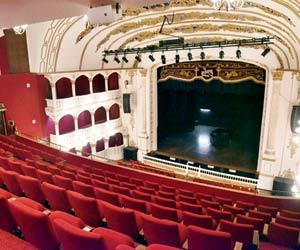
For a city whose heritage is under constant threat in the name of development, here's some good news. Yesterday, the 2017 UNESCO Asia-Pacific Awards for Cultural Heritage Conservation were announced, and four restored city landmarks were among the 16 winners from six countries - Australia, China, India, Iran, New Zealand and Singapore.
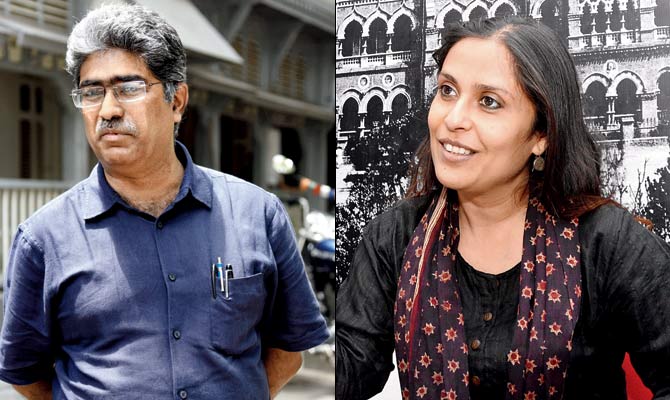
Vikas Dilawari and Abha Narain Lambah
ADVERTISEMENT
A round of applause
Of the 43 projects vetted by a nine-member panel of international conservation experts in August, Mumbai won the maximum awards - Christ Church and Royal Opera House (Award of Merit), Bomonjee Hormarjee Wadia Fountain and Clock Tower and Wellington Fountain (Honourable Mention). Delhi got one for Haveli Dharampura in Shahjahanabad.
The other two winners from India were the Sri Ranganathaswamy Temple in Srirangam, Tamil Nadu, and the Gateways of Gohad Fort near Gwalior, Madhya Pradesh.
Public bodies, private citizens and corporate houses have all played key roles in preserving these treasures.
Jubilation in the air
"Two of our three award-winning projects (Wadia Fountain and Clock Tower, Wellington Fountain) were in association with the MCGM; it reflects how far we've come as a city," said Vikas Dilawari, conservation architect, who called us to break the news.
"It says a lot about being sensitised towards conservation that goes beyond beautification. The civic body must be lauded for being a crucial cog, and for choosing the right support to protect the city's heritage."
Royal Opera House's conservation architect Abha Narain Lambah was ecstatic too. "All credit to the Maharaja and Maharani of Gondal for having faith in the process of conservation and allowing our team to restore it without any compromise to the structure. It's a recognition of the fact that such restoration is possible even without government support; the owners took that leap of faith."
Christ Church also underwent a privately funded restoration; it was initiated by the Christ Church Trust that roped in Vikas Dilawari Architects (VDA) as its conservation architect.
Take a look at the four exquisite winners from our city of dreams
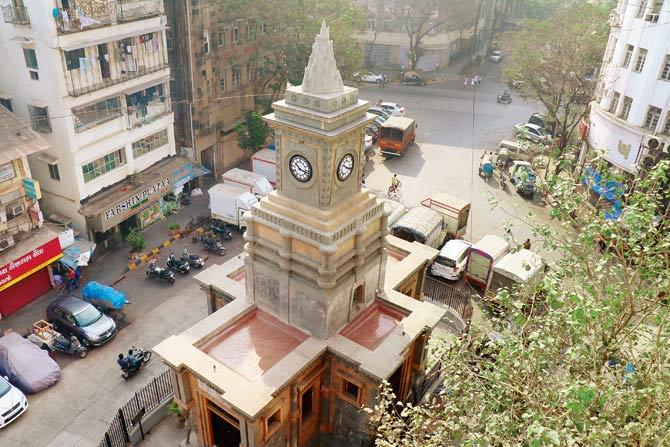
Bomonjee Hormarjee Wadia Fountain and Clock Tower, Fort
March-December 2016
The 19th century drinking water fountain and clock tower was built in memory of the benevolent Bomonjee Hormarjee Wadia. It was restored by VDA in association with the Kala Ghoda Association and the local Zoroastrian community. The initiative demonstrated a successful public-private partnership that saved the landmark from collapse by using non-invasive methods to strengthen the structure and its features, and also repair the vandalised clock, thereby bringing this civic landmark back to life.

Christ Church, Byculla
Phase I: Aug-Dec 2015
Phase II: Apr-Dec 2016
The white marvel, opened to worship in 1833, remains a rare Neo-Classical church structure in the city. Its stunning main stained glass panel (c. 1870s) is similar to those at Rajabai Tower. The UNESCO panel appreciated the fact that it was one of the oldest public buildings in the city, where past interventions were reversed; artisan skills were revived to restore its interiors including its gilded columns.
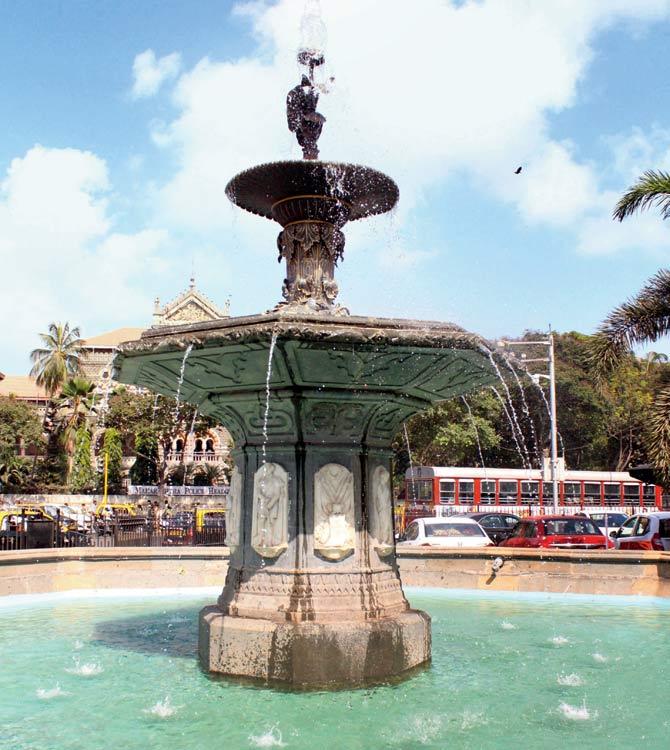
Wellington Fountain, Colaba
October 2016 to March 2017
Another fine example of public-private enterprise, this landmark was supported Mahindra & Mahindra Ltd. It adopted a rigorous methodology used for preserving monumental buildings, and city's only functional ornamental fountain was back on track. Built in 1865, the Neo-Classical structure was constructed by public subscription. Poetic justice then, that its restoration was possible due to financial backing from the public, this time, from a corporate house.
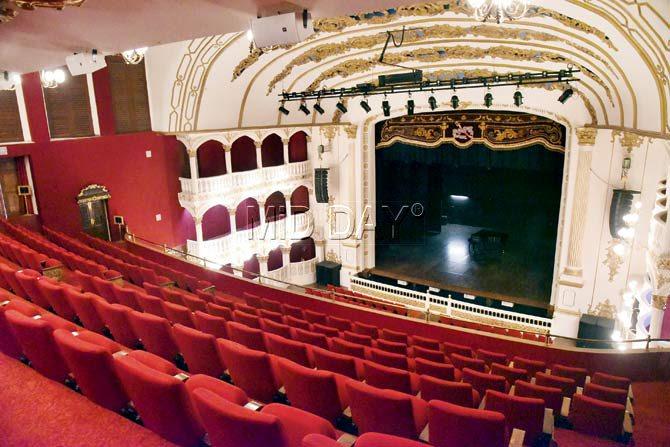
Royal Opera House
2009-2016 [10 years in total]
The Neo-Baroque city landmark, once on the verge of collapse, was pretty much the toast of Bombay when it opened in 1916. Dubbed the "finest theatre in the East", the century-old building survived several renovations, until it was shut down over two decades ago. The panel acknowledged the extensive restoration to overcome severe structural distress, restoring its decorative features using expert knowledge and research, to ensure that India's only surviving opera house could reclaim its title when it reopened last year.
 Subscribe today by clicking the link and stay updated with the latest news!" Click here!
Subscribe today by clicking the link and stay updated with the latest news!" Click here!







